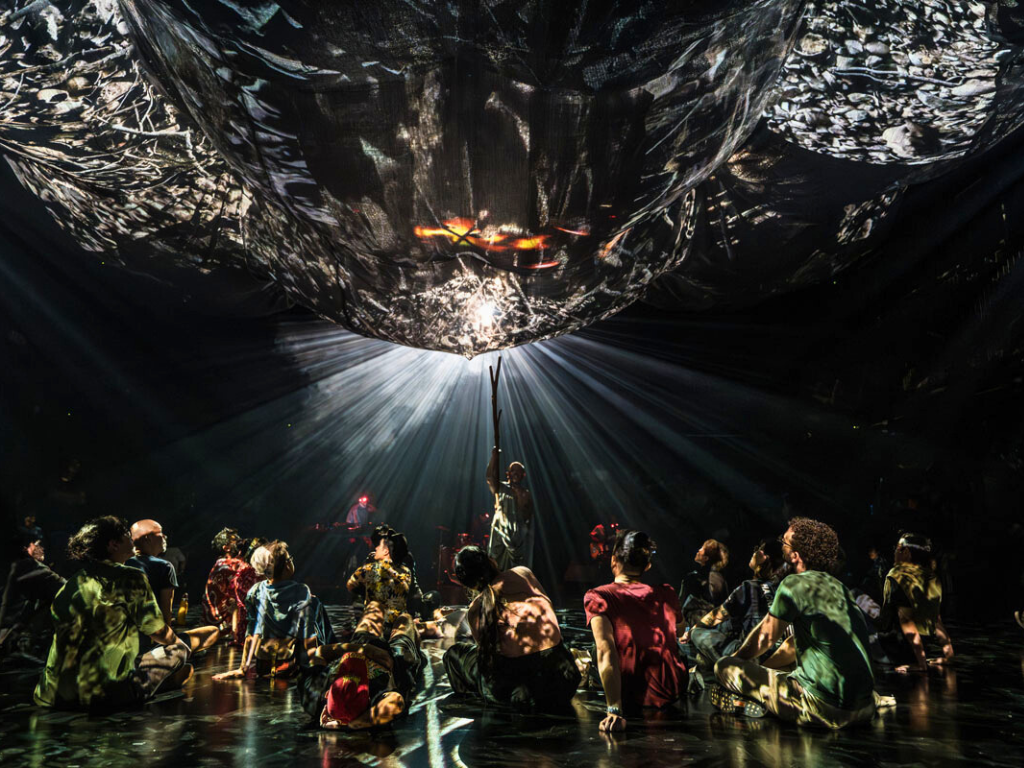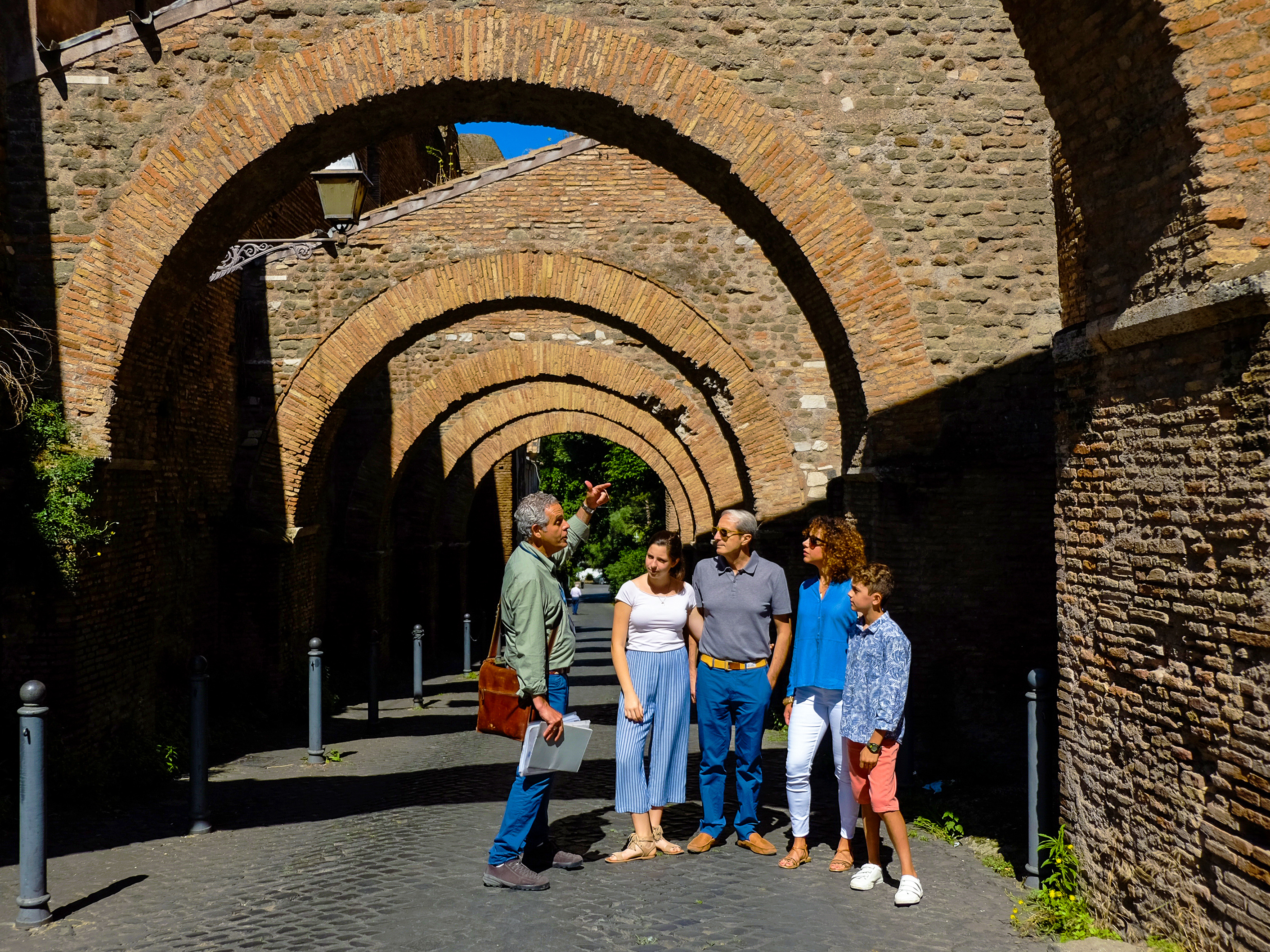We recently caught up with local expert Ryan Connolly from Hidden Iceland to get some insights into what makes summer in Iceland so special. He's also shared a few hints and tips for those of you who are thinking of visiting Iceland but aren't quite sure where to start.
If you recognize Ryan's name, it's for good reason! He's previously led multiple online seminars and has a pre-trip lecture for anyone interested in learning more about Iceland. From how glaciers move, to finding the best spots for Northern Lights and in-person footage of the most recent eruptions, Ryan has covered most of what makes Iceland special.
Today, we've asked him to share his hints and tips for traveling to Iceland in summer. Whether you've already started booking your trip to the land of ice and fire this summer, are looking for a unique last minute getaway, or are keen to plan next year's adventures already, you're sure to find value in Ryan's expert insider knowledge.
 Reykjanesviti, Iceland's oldest lighthouse
Reykjanesviti, Iceland's oldest lighthouse
Summer in Iceland
Firstly, I would like to dispel a myth about Iceland in summer. The expectation is that Iceland, even in summer, is a barren tundra, with the locals clinging onto their hats as they try to utilise the few short months when Iceland is finally defrosted. However, this couldn't be further from the truth!
In fact, Iceland in summer is absolutely bursting with life, activity and warmth. The locals enjoy festivals, outdoor parties, and locally grown cuisine on an almost daily basis. Particularly if you are based in Reykjavík, you will be spoiled for choice at the countless events to attend, my favourite being the Fringe Festival in the second half of June. After all, from May until late August you are treated to 24 hours of continuous daylight, with June and July being particularly good for enjoying the Midnight Sun. And that brings me to my first tip; make sure to utilise the flexibility that the Midnight Sun gives you.
Tip 1: Make use of the Midnight Sun to find seclusion
The midnight sun is a phenomenon where the sun will be sitting just above the horizon around midnight for most of the summer. It does still set of course, but only for a short time, and even then, it will only briefly drop below the horizon. This allows the sky to retain its golden hour ambiance until the sun reappears moments later. This means that you can literally watch the sun set and rise in the same sitting!
 Watching the Midnight Sun
Watching the Midnight Sun
The first time I watched this with my own eyes was perched next to a fast flowing waterfall in the Snæfellsnes Peninsula in west Iceland, made famous for its inclusion in Game of Thrones.
In fact, it was the arrow shaped mountain, Kirkjufell, where my co-workers and I witnessed the Midnight Sun for the first time back in 2016. Our aim was to stay up to see the Midnight Sun and then head home right after. But upon realising that we were the only people at this often visited location, we felt like this was a moment to treasure well into the small hours. Thank goodness we weren't working the next day! Over the coming hours, as the sun slowly rose again, we travelled to the black sand beach of Djúpalónssandur, the rocky sea cliffs of Arnarstapi, and even a quick stop off at the iconic Buðakirkja Black Church. When there are fewer tourists around, it's quite amazing to see how active the wildlife can be, including swooping Arctic Terns, free-roaming sheep, and even the odd curious Arctic Fox.
 Buðakirkja Black Church
Buðakirkja Black Church
If you are intending to see Snæfellsnes during the day, make sure to go with Context Travel. Together, Context and Hidden Iceland have masterfully created a daytime route that avoids the bus route travellers as much as possible, giving you the chance to see some of those spots in seclusion without staying up all night.
Tip 2: Stick to the coast to get the most of the wildlife
While a trip into the highlands or through the Golden Circle can be a magical day out, I always recommend that people spend the majority of their trip skirting the coast, especially in summer. The South Coast, travelling as far east as the picturesque fishing village of Vík, has got to be one of the best areas in the country for combining sightseeing, activities, and wildlife in one day.
One of the largest puffin colonies in the world is situated on the cliffs above the pristine black sand beaches of Vík and Reynisfjara. With millions of puffins flying in and out of their cliff-side nests each day in search of fish for their just hatched baby pufflings, you won't be disappointed. To see these comical and colourful little birds maneuvering through the air, plunging deep underwater, and landing on a knife-edge perch is quite the sight.
 Puffins can be found throughout Iceland, particularly in Vík and Reynisfjara
Puffins can be found throughout Iceland, particularly in Vík and Reynisfjara
Amazingly, this is not all the south coast has to offer. There are towering waterfalls to sneak behind, ATVs to whip across the desolate black sands, Icelandic horses to ride through the deep gorges, and of course, my favourite, city-sized glaciers to witness.
The Sólheimajökull glacier in the south of Iceland is one of the few glaciers left in Iceland that you can easily walk to on foot for that perfect picture. Be warned though, don't get too close to the ice without a trusted guide who knows the terrain and conditions well, as this melting and moving behemoth has not been immune to climate change.
 Sólheimajökull Glacier
Sólheimajökull Glacier
Unfortunately, due to unprecedented melting, the steep cliffs alongside the ice are now exposed and can be a risk for rockfall on wetter days. It's best to get great pictures from the lagoon edge instead.
Tip 3: You don't need to travel far to see unique landscape
There is often this belief that the very best parts of the country are as far away from the capital city as possible. And to be fair, the Jökulsárlón glacier lagoon in the south east, the smoking fumaroles and hot pools in Mývatn in the north, and the sea scarred cliffs of Látrabjarg in the north west are incredible. However, if you find yourself based in Reykjavík during your time in the country, you'll be happy to hear that most day trips can include a variation of many of the best places around the country, as noted in the previous tips.
 Gunnuhver, an active geothermal area in Southwestern Reykjanes Penninsula
Gunnuhver, an active geothermal area in Southwestern Reykjanes Penninsula
My favourite, often skipped, location is right on Reykjavík's door step. In fact, the international airport and Blue Lagoon are actually situated in this rocky terrain. Sadly, most people simply pop to the Blue Lagoon on the way to the airport on arrival or departure day and miss out on Iceland's most volcanically active part of the country. To confirm this volcanic accolade, the last 6 small volcanic eruptions were in this area, all since 2021.
On a fun filled day out to the Reykjanes Peninsula, despite the short driving distances, you can see an ever erupting geyser at Gunnuhver, thunderous crashing waves at Reykjanesviti (Iceland's oldest lighthouse), venture into a 5,200 year old lava tunnel at Raufarhólshellir, and end the day at the relaxing Blue Lagoon, where you can bathe in the rejuvenating milky blue waters to your heart's content.
 Raufarhólshellir, one of the longest lava tubes in Iceland
Raufarhólshellir, one of the longest lava tubes in Iceland
To add to this, if the volcano is erupting and safe to visit when you are in Iceland, consult with your local guide for an amended hike to see it by foot.
Tip 4: Come back!
It you are based in Reykjavík and its surrounding areas, you are guaranteed to have a wonderful time in summer, especially if you include the Reykjanes Peninsula, South Coast, Snæfellsnes Peninsula, and even the ever popular Golden Circle. Add in some activities like horse riding, puffin spotting and whale watching, and you'll start to think this small island in the middle of the Atlantic can't possibly offer more!
 Skógafoss Waterfall
Skógafoss Waterfall
Trust me though, there's plenty more to see on a second, third and even 4th visit. I've taken guests to new spots who have been to Iceland half a dozen times in the past. If you can handle the cold of winter (the average temperature is 32F in winter, so not as cold as you would think thanks to the Gulf Stream), you can go Northern Lights hunting, discover blue ice caves and experience a winter wonderland that is hard to imagine without seeing it for yourself.
I hope this short synopsis inspires you to visit our little country in the warmer summer months!
BONUS Tip:
One final tip. Iceland is expected to be quieter this year, meaning last-minute trips, even as soon as this summer 2024 are still possible through Context Travel and Hidden Iceland. Come see me this summer for an unforgettable experience.
About Ryan: Ryan Connolly is a Scottish-born, permanent resident of Iceland. After stepping foot on all 7 continents in 2016, he used his expertise in exploration and nature to set up Hidden Iceland, a highly rated tour company in Iceland.. Ryan's expertise in glacier exploration and survival makes him ideal to share his adopted homeland with you. He is a Wilderness First Responder and holds qualifications in Glacier Exploration (Joklar 2) as well as having hundreds of days of guided outdoor exploration in snow, ice, rock and mountainous terrain under his belt.
All photos provided by Ryan and Hidden Iceland.













